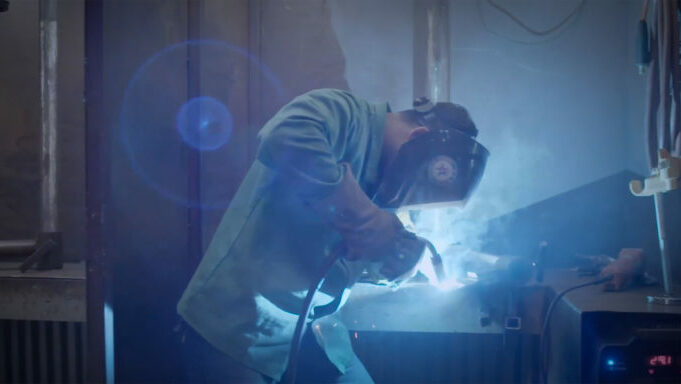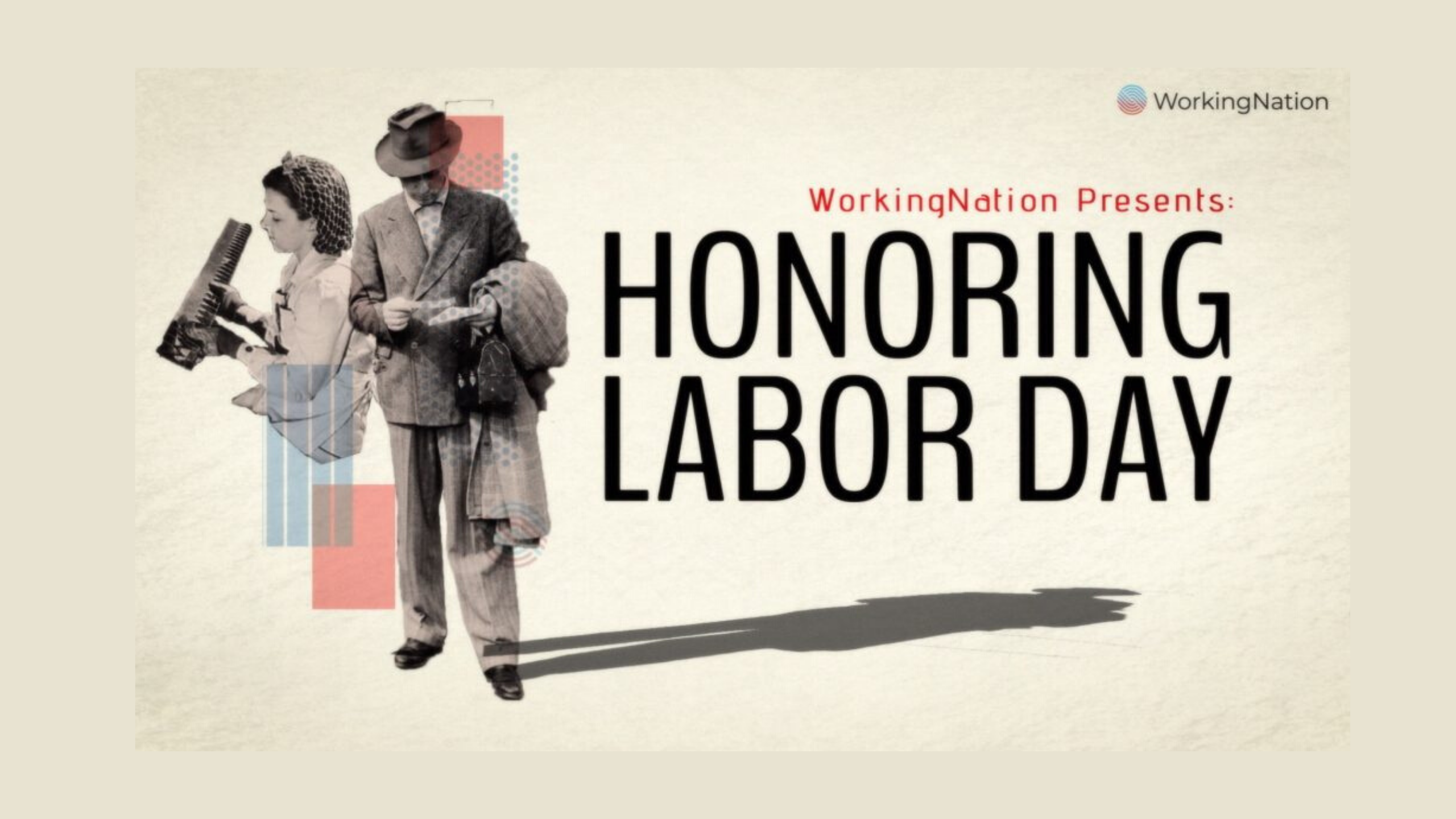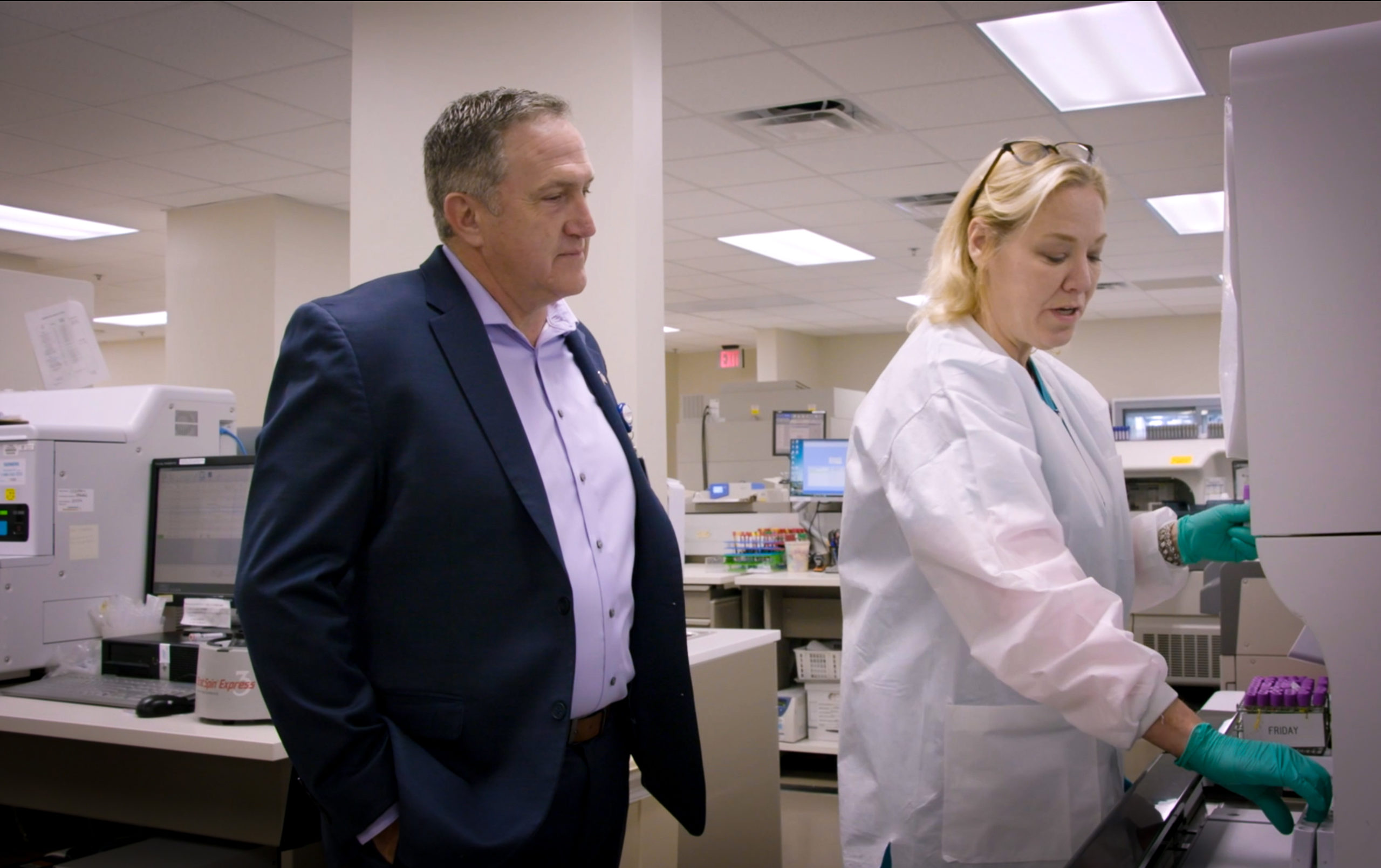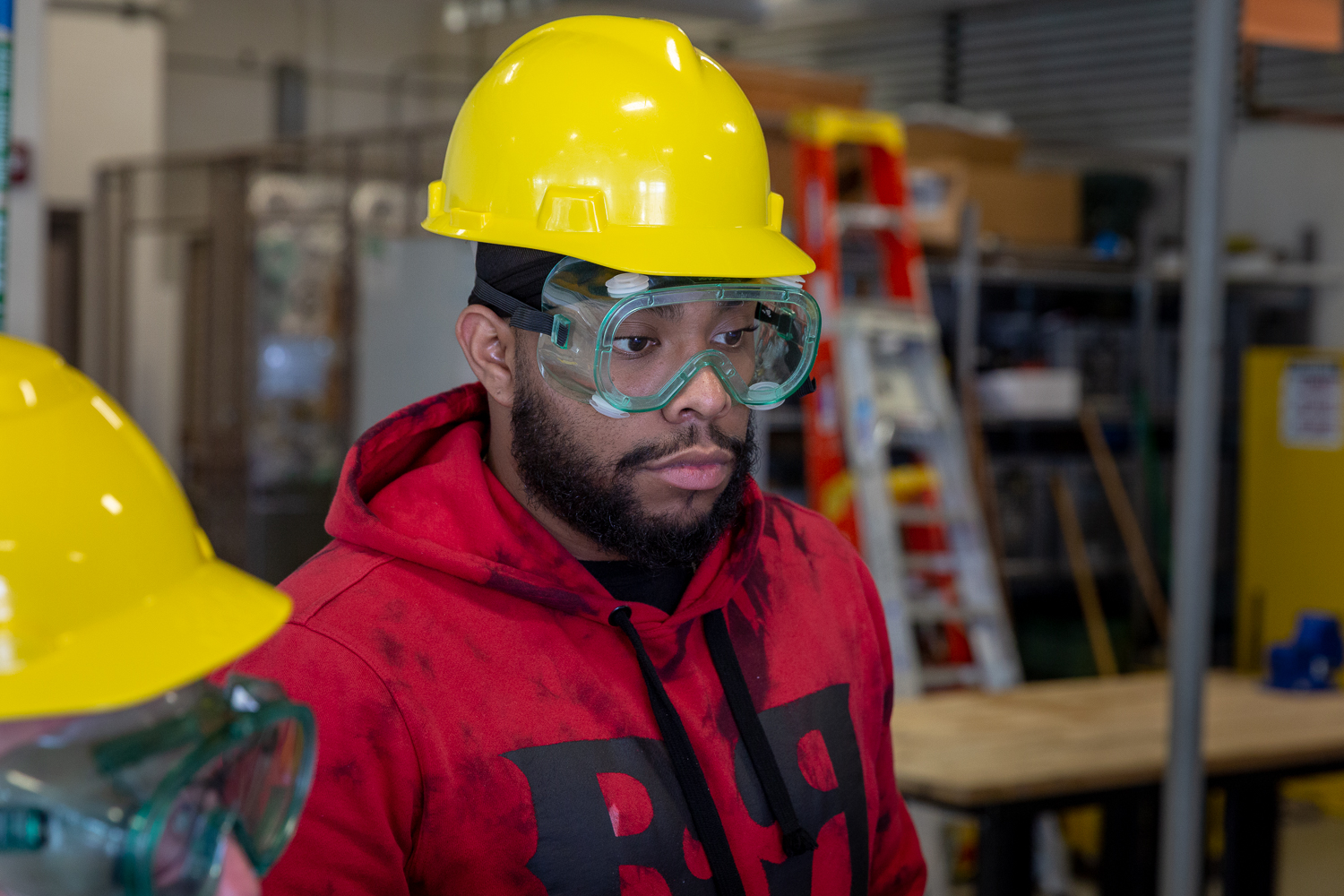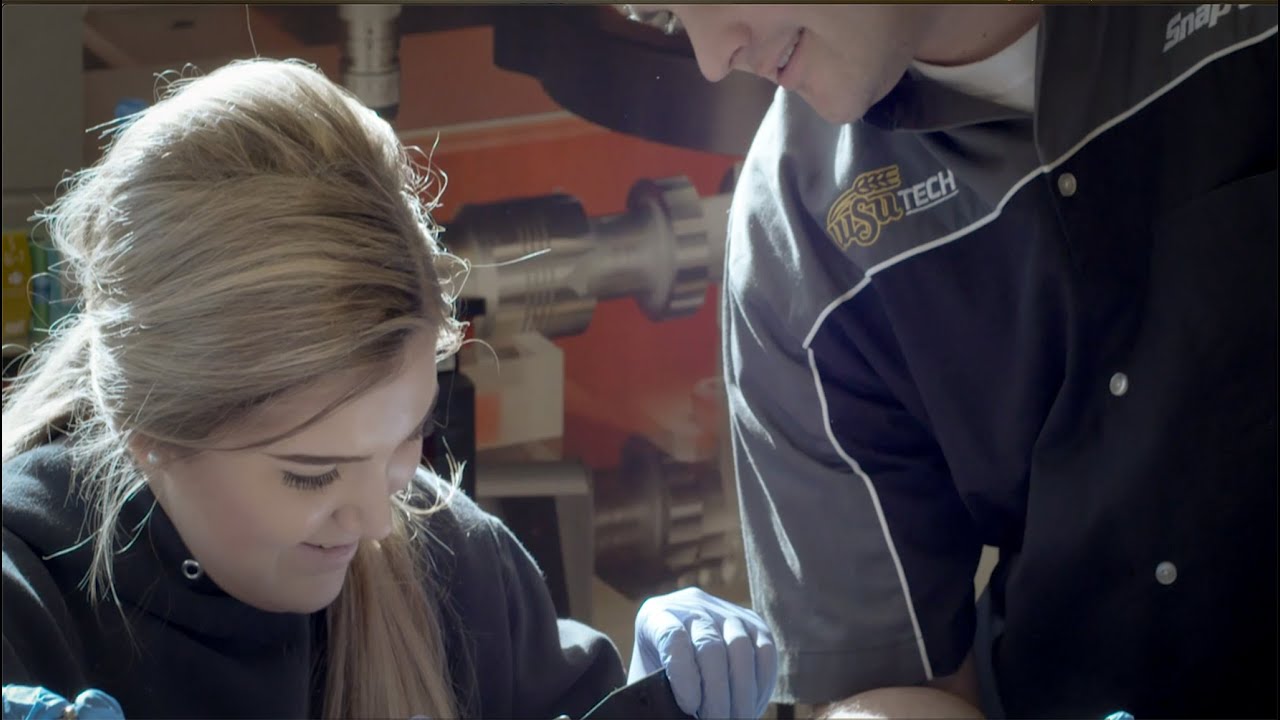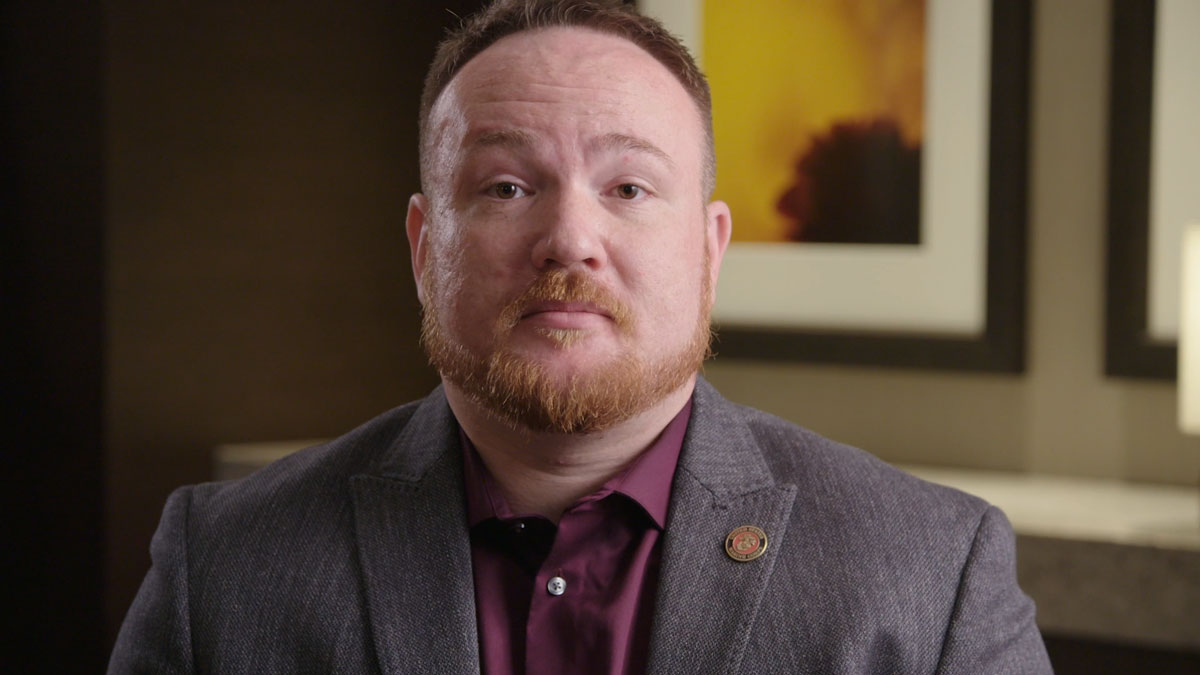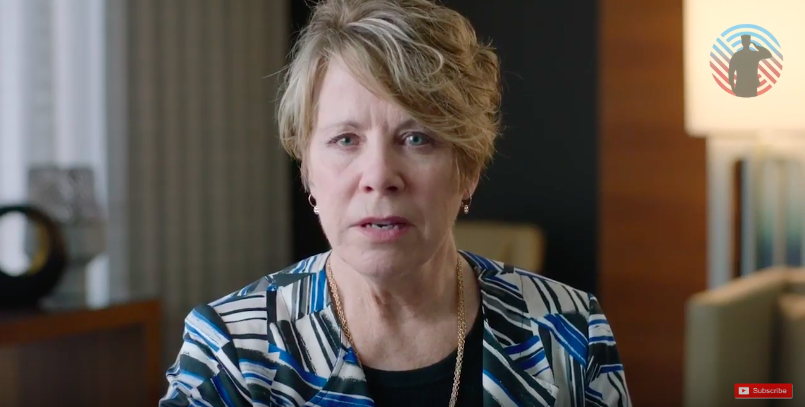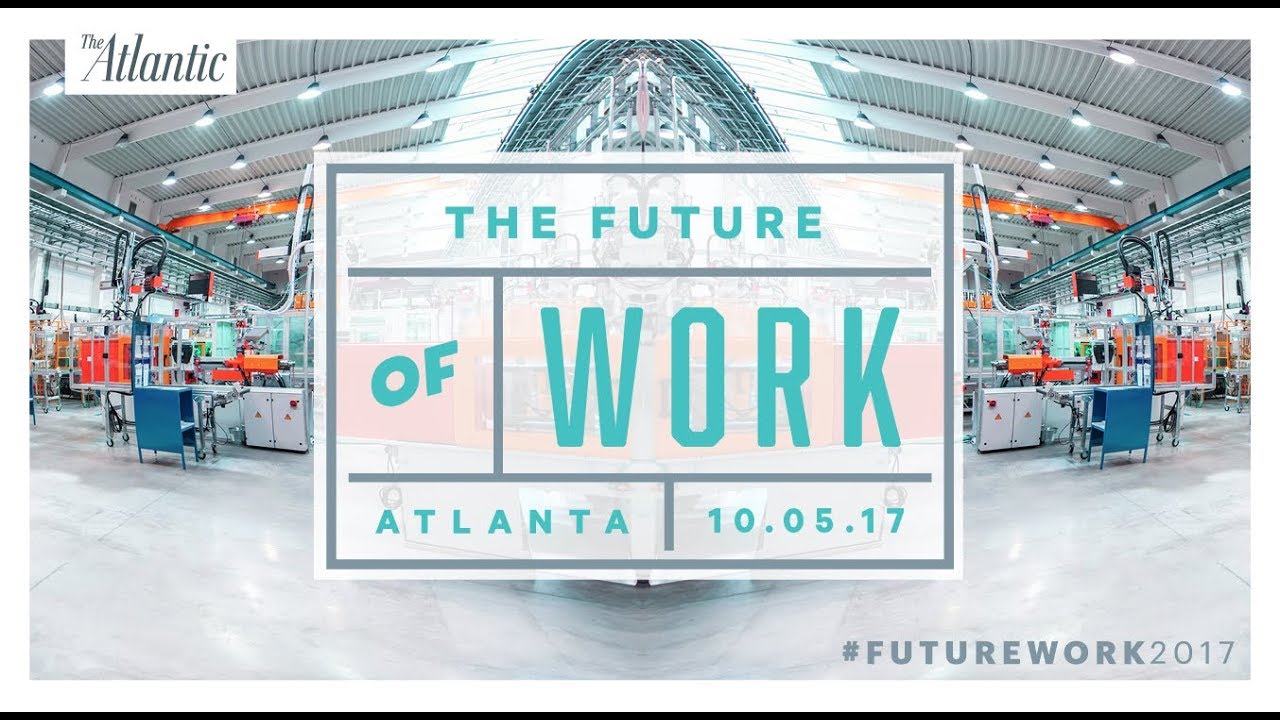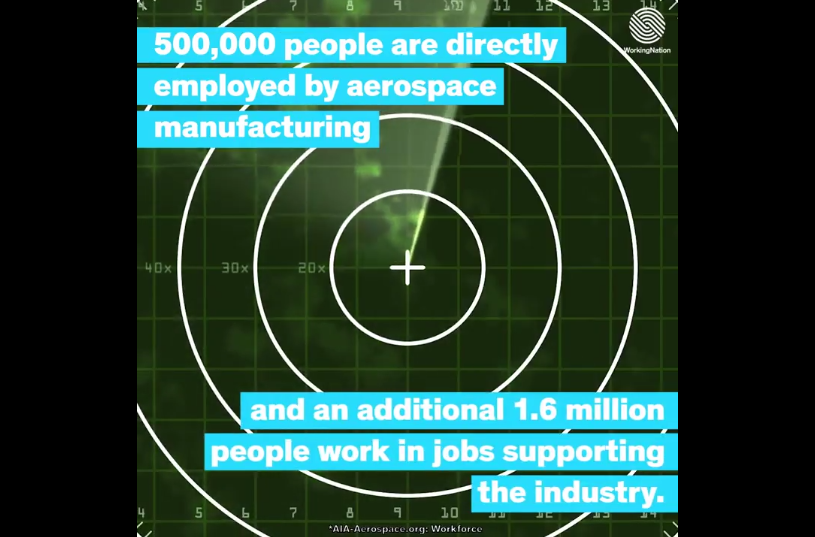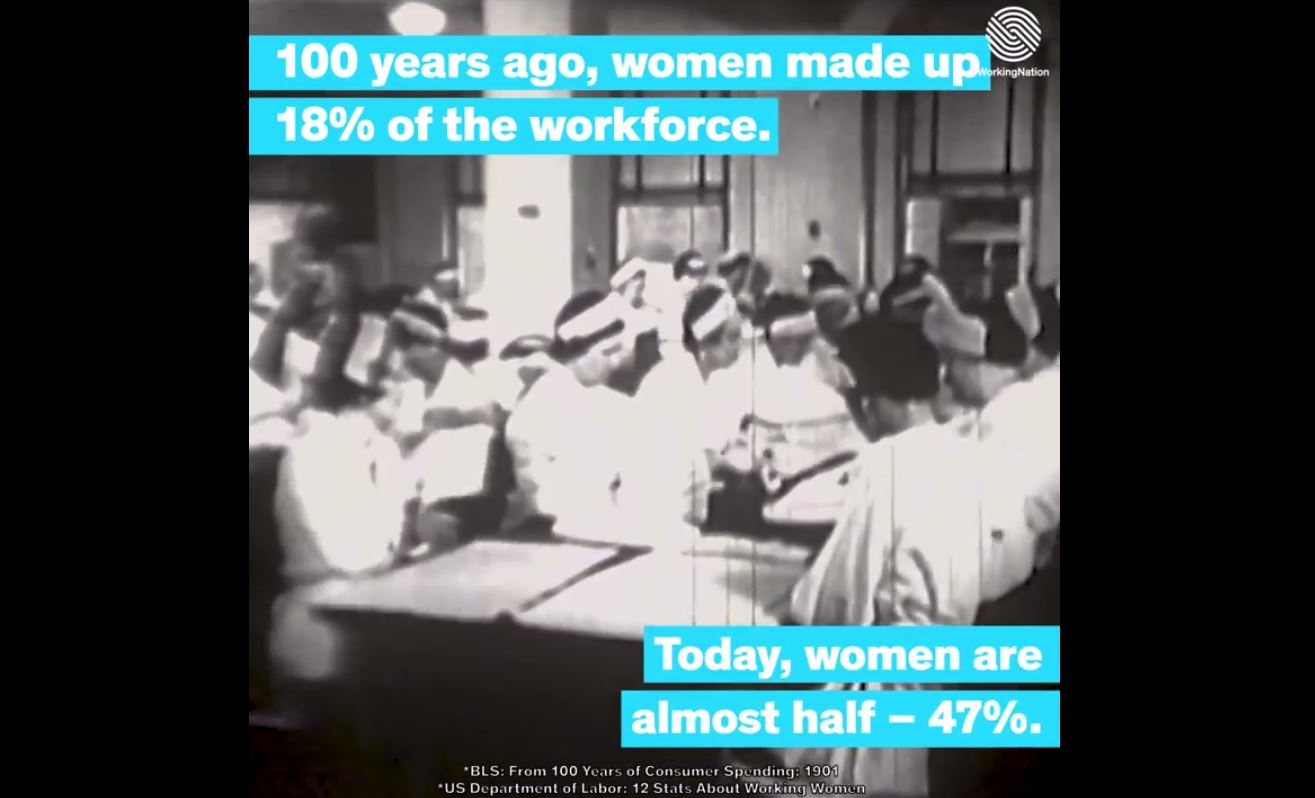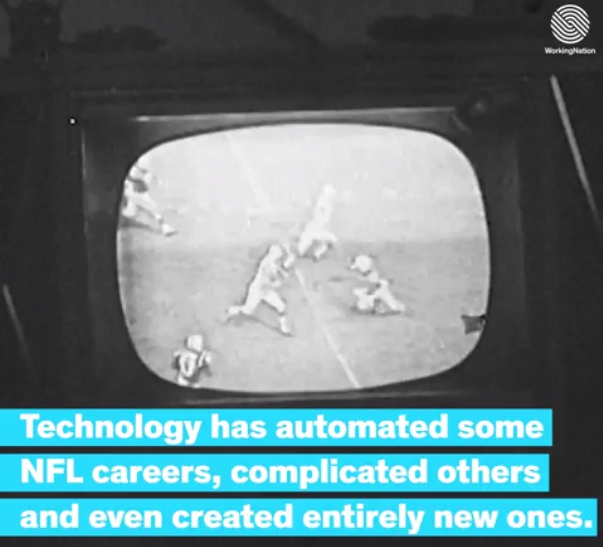Manufacturing careers pay about $15,000 more than the rest of the private sector, and manufacturing can provide job security and upward mobility like no other industry.
Mike Molnar is the director of the Office of Advanced Manufacturing with the National Institute of Standards and Technology, an agency reporting to the U.S. Department of Commerce. He reiterates the need for talent, “Even in the depths of the Great Recession, and even today, the number one problem cited by manufacturers is finding people with the right skills. Not anything else. It’s finding people with the right skills.”
So what’s the problem? It’s a familiar issue: advances in training haven’t kept up with advances in technology. But regardless of the how, manufacturers still need to produce products and humans need to be a big part of the equation.
One answer, giant companies like Toyota have committed to addressing this issue by training workers to operate advanced systems. And smaller businesses like Xometry have transformed their models to take advantage of the technology to assist their clients.
Another solution, companies seeking skilled workers have been looking to veterans to fill the void. Each year 250,000 service members enter the civilian workforce and organizations such as Workshops for Warriors are committed to assisting veterans and transitioning service members into advanced manufacturing careers.
Resources: Workshops for Warriors: https://wfw.org/
Toyota training program: http://bit.ly/FutureWorkToyotaModel
Xometry model: http://bit.ly/CraftingFuture











